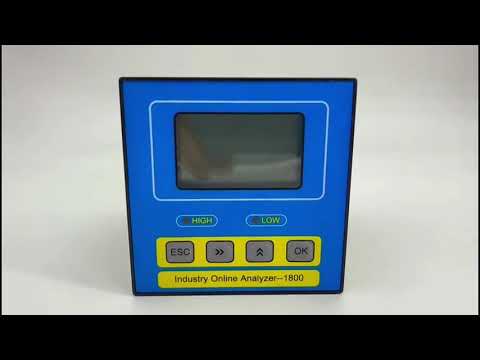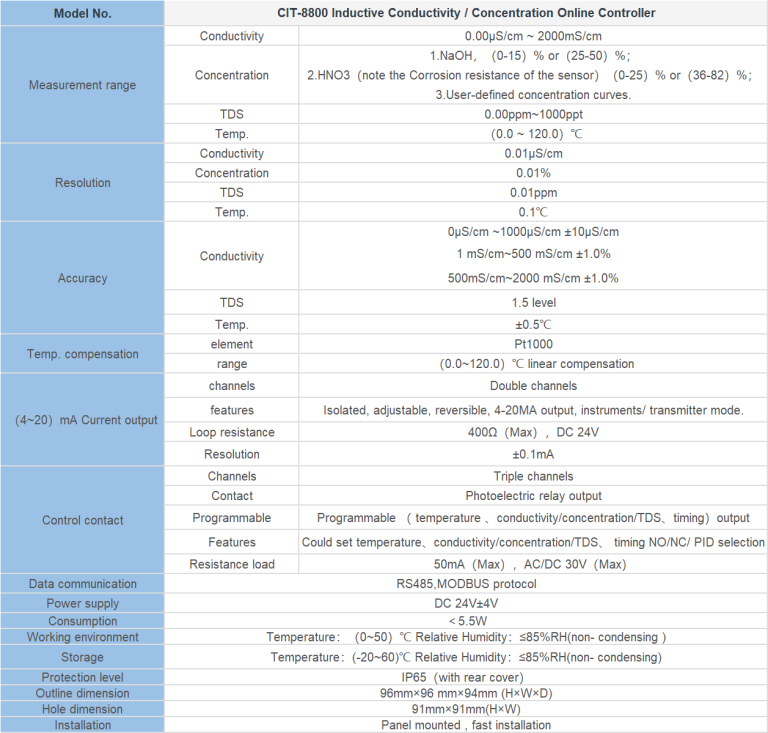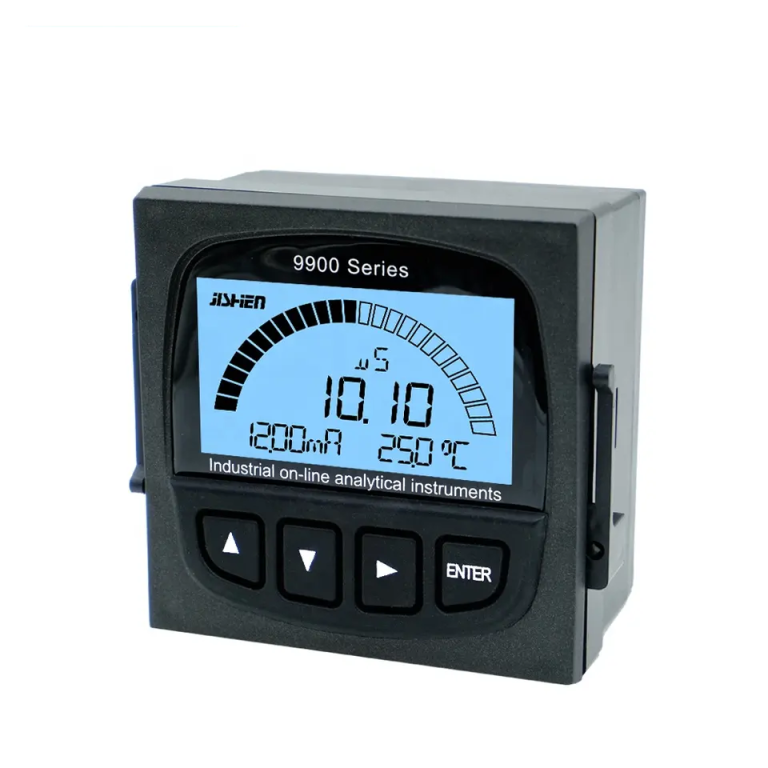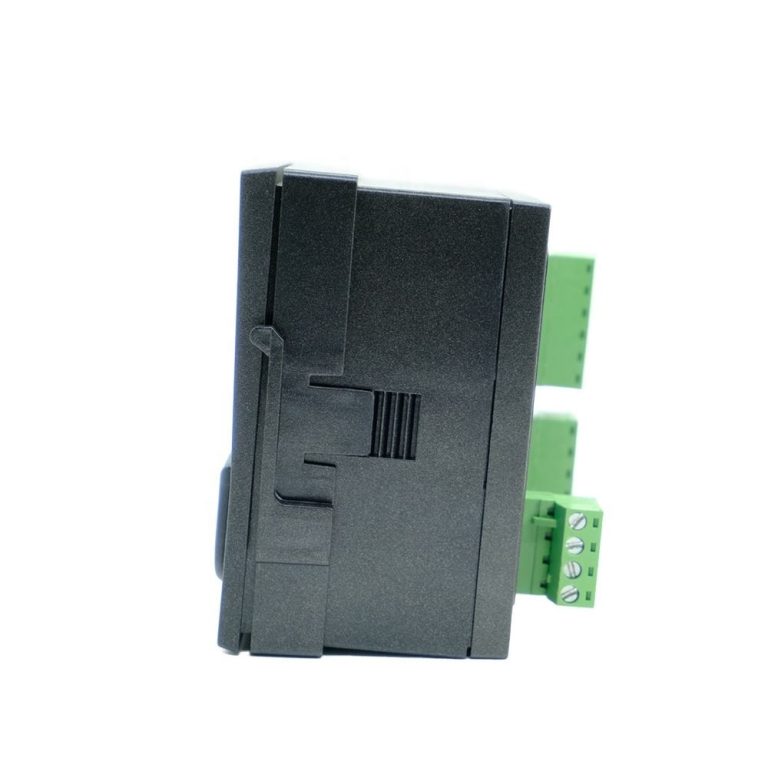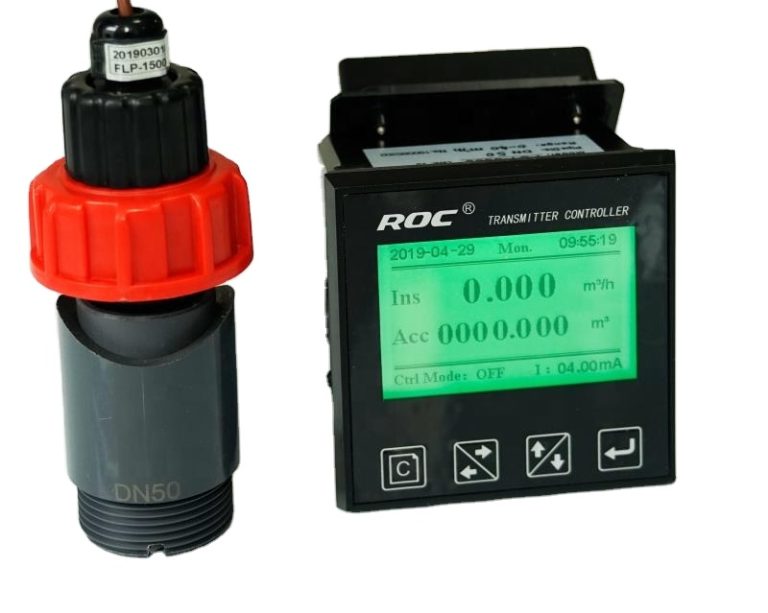Table of Contents
Benefits of Total Organic Carbon Analysis in Environmental Monitoring
Total Organic Carbon (TOC) analysis is a crucial tool in environmental monitoring, providing valuable insights into the levels of organic carbon present in water, soil, and other environmental samples. By measuring the amount of carbon derived from organic sources, TOC analysis can help researchers and environmental professionals assess the impact of human activities on the environment, track changes in water quality, and identify potential sources of contamination.
One of the key benefits of TOC analysis is its ability to provide a comprehensive picture of the organic carbon content in a sample. Unlike other methods that target specific compounds or classes of organic molecules, TOC analysis measures all forms of organic carbon present, including dissolved and particulate organic matter. This holistic approach allows for a more accurate assessment of the overall organic carbon load in a given sample, making it a valuable tool for monitoring environmental health and identifying potential risks to ecosystems.
In addition to providing a broad overview of organic carbon content, TOC analysis can also help researchers track changes in organic carbon levels over time. By analyzing samples collected at different time points, researchers can identify trends in organic carbon concentrations and assess the effectiveness of environmental management practices in reducing organic carbon inputs. This longitudinal approach can provide valuable insights into the dynamics of organic carbon cycling in natural systems and help inform decision-making processes aimed at protecting and preserving the environment.
Furthermore, TOC analysis can be used to identify sources of organic carbon contamination in environmental samples. By comparing the organic carbon signatures of different samples, researchers can pinpoint the origins of organic carbon inputs and trace them back to specific sources, such as agricultural runoff, industrial discharges, or urban runoff. This information can be invaluable in developing targeted mitigation strategies to reduce organic carbon pollution and protect sensitive ecosystems from harm.
Another key benefit of TOC analysis is its sensitivity to low levels of organic carbon. Even trace amounts of organic carbon can have significant impacts on water quality and ecosystem health, making it essential to have sensitive analytical methods for detecting and quantifying organic carbon in environmental samples. TOC analysis can detect organic carbon concentrations as low as parts per billion, making it a powerful tool for monitoring water quality in sensitive aquatic environments and identifying potential sources of contamination that may otherwise go unnoticed.
How to Perform Total Organic Carbon Analysis in Water Samples
Total organic carbon (TOC) analysis is a crucial process in determining the amount of carbon present in water samples. This analysis is essential for various industries, including environmental monitoring, wastewater treatment, and pharmaceutical manufacturing. TOC analysis provides valuable information about the organic content of water, which can help in assessing water quality and ensuring compliance with regulatory standards.
To perform TOC analysis in water samples, several steps need to be followed. The first step is sample preparation, which involves collecting a representative water sample and filtering it to remove any particulate matter. The filtered sample is then acidified to convert inorganic carbon into carbon dioxide, which can be easily measured using a TOC analyzer.
Once the sample is prepared, it is introduced into the TOC analyzer, which oxidizes the organic carbon present in the sample to carbon dioxide. The carbon dioxide produced is then quantified using a detector, and the total organic carbon content of the sample is calculated based on the amount of carbon dioxide detected.It is important to calibrate the TOC analyzer using standard solutions of known TOC concentrations to ensure accurate and reliable results. Calibration helps in establishing a linear relationship between the signal generated by the analyzer and the concentration of organic carbon in the sample.
| Model | EC-1800 online conductivity controller |
| Range | 0-2000/4000uS/cm 0-20/200mS/cm |
| 0-1000/2000PPM | |
| Accuracy | 1.5%, 2%, 3%(FS) |
| Temp. Comp. | Automatic temperature compensation based on 25℃ |
| Oper. Temp. | Normal 0~50℃; High temp 0~120℃ |
| Sensor | C=0.1/1.0/10.0cm-1 |
| Display | 128*64 LCD Screen |
| Communication | 4-20mA output/2-10V/1-5V/RS485 |
| Output | High/Low limit dual relay control |
| Power | AC 220V±10% 50/60Hz or AC 110V±10% 50/60Hz or DC24V/0.5A |
| Working Environment | Ambient temperature:0~50℃ |
| Relative humidity≤85% | |
| Dimensions | 96×96×100mm(H×W×L) |
| Hole Size | 92×92mm(H×W) |
| Installation Mode | Embedded |
After calibration, the water sample is injected into the TOC analyzer, and the analysis is performed. The TOC analyzer measures the carbon dioxide produced during oxidation of organic carbon in the sample and calculates the total organic carbon content based on the calibration curve.
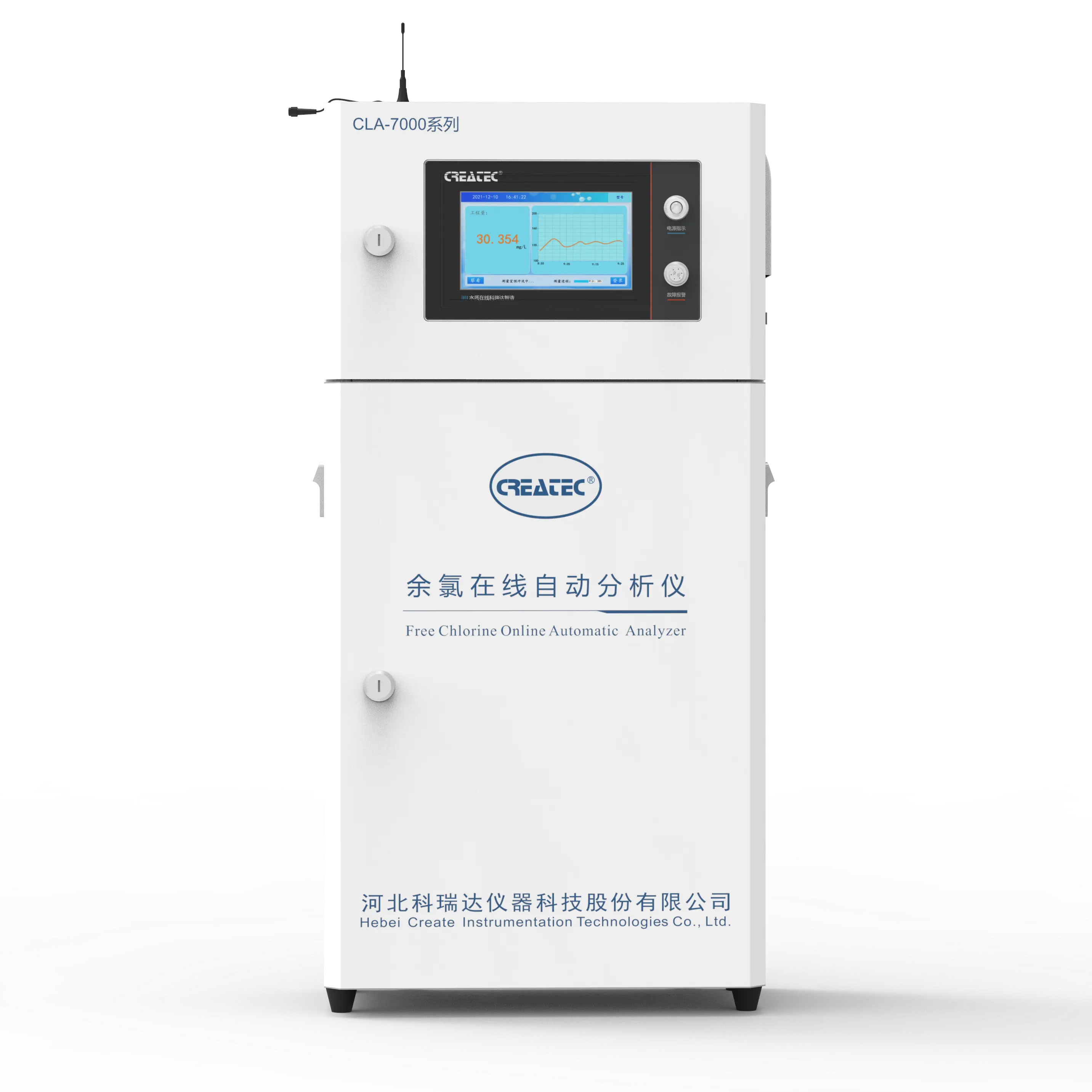
| FL-9900 High Precision Type Runner Flow Controller | ||
| Measuring range | Frequency | 0~2K Hz |
| Velocity of flow | 0.5~5 m/s | |
| Instantaneous flow | 0~2000 m³/h | |
| Cumulative flow | 0~9999 9999.999 m³ | |
| Applicable pipe diameter range | DN15~DN100;DN125~DN300 | |
| Resolution | 0.01 m³/h | |
| Refresh rate | 1s | |
| Accuracy class | Level 2.0 | |
| Repeatability | ±0.5% | |
| Sensor input | Radius:0~2K Hz | |
| Supply voltage:DC 24V(instrument internal supply) | ||
| The electronic unit automatically temperature compensates for errors | +0.5%FS; | |
| 4-20mA | Technical characteristics | Meter/transmitter dual mode (photoelectric isolation) |
| Loop resistance | 500Q(max),DC24V; | |
| Transmission accuracy | ±0.01mA | |
| Control port | Contact mode | Passive relay control output |
| Load capacity | Load current 5A (max) | |
| Function selection | Instantaneous flow upper/lower alarm | |
| Mains supply | Working voltage: DC24V 4V Power consumption :<; 3.OW | |
| Cable length | Factory configuration: 5m, can be agreed: (1~500) m | |
| Environmental requirement | Temperature: 0~50℃; Relative humidity: ≤85%RH | |
| Storage environment | Temperature: (-20~60) ℃; Humidity: 85%RH | |
| Overall dimension | 96×96×72mm(height × width × depth) | |
| Opening size | 92×92mm | |
| Installation mode | Disc mounted, fast fixed | |
| Sensor | Body material | Body: Engineering plastic PP; Bearing :Zr02 high temperature zirconia |
| Flow rate range | 0.5~5 m/s | |
| Withstand pressure | ≤0.6MPa | |
| Supply voltage | lDC 24V | |
| Output pulse amplitude| | Vp≥8V | |
| Normal pipe diameter | DN15~DN100;DN125~DN600 | |
| Medium characteristic | Single-phase medium(0~60℃) | |
| Installation mode | Direct line insertion | |
Quality control measures should be implemented throughout the TOC analysis process to ensure the accuracy and precision of the results. This includes running blank samples to account for any background carbon present in the system and analyzing replicate samples to assess the reproducibility of the analysis.

Interference from inorganic carbon compounds can affect the accuracy of TOC analysis results. To minimize interference, acidification of the sample is essential to convert inorganic carbon into carbon dioxide, which can be easily distinguished from organic carbon during analysis.
In addition to acidification, sample pretreatment techniques such as membrane filtration and ultraviolet oxidation can be used to remove interfering substances and improve the accuracy of TOC analysis results. These techniques help in ensuring that only organic carbon is measured, without any interference from inorganic compounds.
TOC analysis is a versatile technique that can be used to analyze a wide range of water samples, including drinking water, surface water, groundwater, and wastewater. By measuring the total organic carbon content of water samples, TOC analysis provides valuable information about the organic pollution levels, which can help in assessing water quality and identifying potential sources of contamination.
In conclusion, total organic carbon analysis is a critical tool for monitoring water quality and ensuring compliance with regulatory standards. By following the proper procedures and quality control measures, accurate and reliable TOC analysis results can be obtained. This information is essential for various industries to make informed decisions about water treatment and environmental management.

